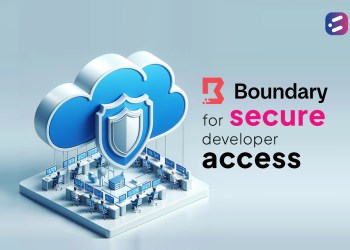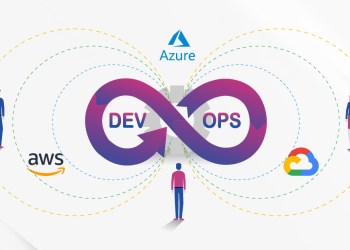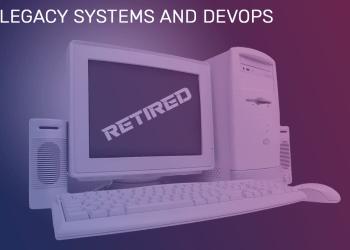
DevSecOps – short for Development, Security, Operations – picks up where DevOps leaves off, adding security into every stage of the application development and deployment process even while ensuring high levels of efficiency and agility.
But when you take up DevSecOps services from your technology partner, what exactly does this involve? Here is a practical guide to the key areas where our own DevSecOps services make a major and tangible difference to the security posture of our customers.
1. Early Identification of Vulnerabilities
Proactive vulnerability management is one of the areas where we add the most value to our DevSecOps services. We use tools like SonarQube to automate the process of code quality analysis, and Veracode to pinpoint code vulnerabilities as part of our static application security testing (SAST) process. Detecting security risks early in the process sets a strong foundation for secure development and avoids the risk of breaches or redevelopment in the future.
2. Secure Configuration Management
Cloud infrastructure misconfigurations are a leading cause of security breaches. We take the element of chance out of the process by implementing our robust and well-documented configuration management practices as part of our DevSecOps services. An important part of this is also configuring identity and access management solutions to follow best practices for controlling access permissions and restrictions right from Day 1. The result is greatly enhanced security at the infrastructure level to complement your application security measures.
3. Continuous Compliance Monitoring
Compliance with statutory regulations and meeting or exceeding industry standards for security are important to create and build trust and continuity. That’s easier said than done, though, and compliance isn’t a one-time effort. Our DevSecOps process includes the setup of automated compliance checks and alerts to enable instant attention to identified issues. Combined with regular audits to benchmark performance against the requirements of important security and privacy standards like GDPR, HIPAA, or PCI DSS, this ensures consistent compliance and security.
4. Secure CI/CD Pipelines
Continuous integration/continuous deployment (CI/CD) pipelines are a vital part of DevOps, and building security into these pipelines is of tremendous value in DevSecOps. We implement tools including Twistlock to scan builds and pass or fail them before the images are deployed, and Aqua Security to secure containerized applications and microservices, apart from code signing mechanisms. A secure CI/CD pipeline ensures that production applications use only validated and secure code.
5. Threat Detection and Incident Response
Even when you’ve done everything right to secure your code and infrastructure, security incidents can still occur. Detecting incidents and responding to them immediately can help to contain their impact. We use tools that include Splunk and the ELK Stack (Elasticsearch, Logstash, Kibana) that offer visualizations and powerful insights into security incidents based on large datasets – especially logs – to enable faster responses. Just as important as the detection tools, though, is having well-documented and robust processes for incident response, to ensure the next steps are already clearly defined.
CloudNow’s DevSecOps services offer practical, real-world solutions to the security challenges faced by modern businesses. By integrating security into every facet of the software development lifecycle and leveraging cutting-edge tools and technologies, we enable you to build and maintain secure, compliant, and resilient cloud environments—partner with CloudNow to elevate your security posture and unlock the full potential of DevSecOps.












